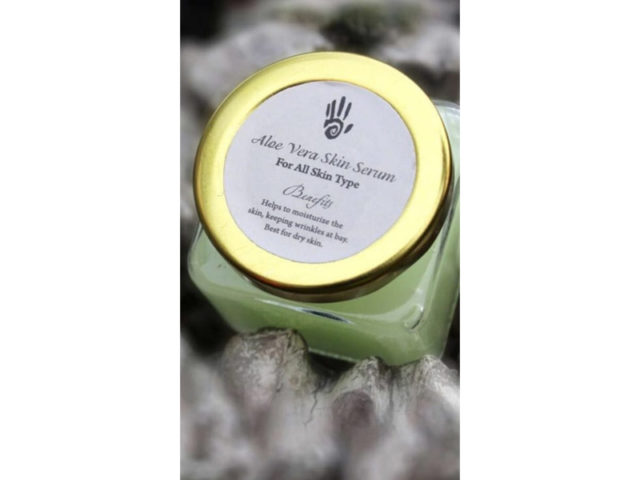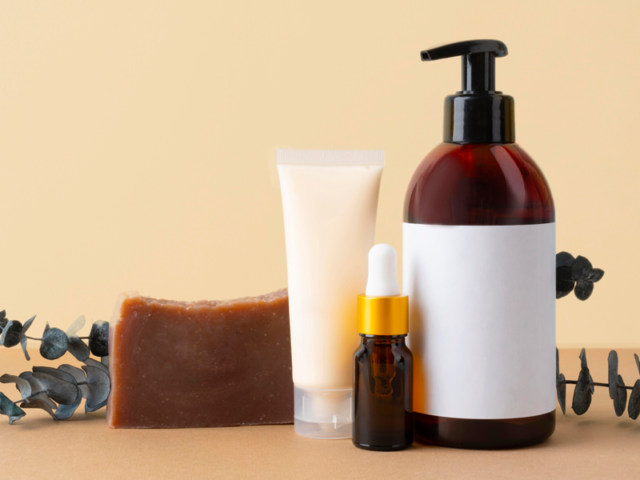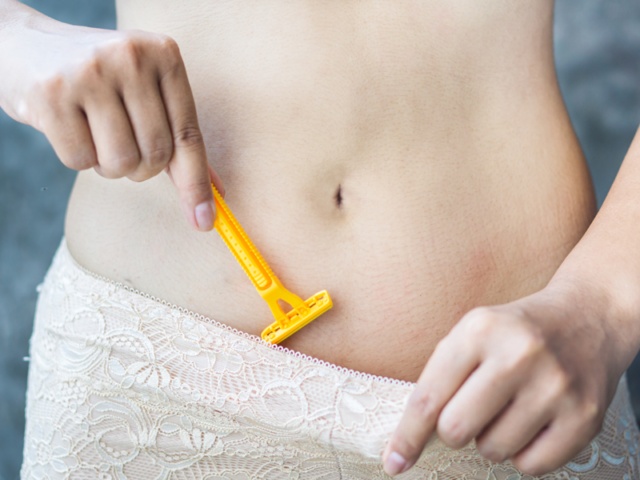You might have noticed that your intimate areas are a little darker as compared to the rest of your body. The lack of knowledge leads most people to believe that this is due to poor hygiene or can be resolved by using scrubs and whitening beauty products. For some, it’s their romantic partner who points out the discolouration because of unrealistic expectations set by pornography. But, did you know that it’s absolutely normal for the skin around your genitals to be darker than the skin on the rest of the body?
TC46 connected with Dr Smriti Naswa Singh, Consultant Dermatologist & Cosmetic Dermatologist, Fortis Hospital, Mumbai to understand why this happens.
1. Reasons for genital skin to be darker & factors leading to genital skin pigmentation
The basic unit giving colour to our skin is called melanosome (the pigment itself is called melanin). The density of melanocytes differs in various body parts. The density is more in sexual organs (including genitals, nipples, areola in the breast), armpits, face, buttocks, and peri-anal area. This is the reason why genital skin tends to be darker than other areas.
Besides the density of melanocytes, there are other factors leading to genital skin pigmentation:
- Hormones: After puberty, the surge in hormones cause the pigmentation to increase in genitals, nipple, and areola. This becomes more pronounced in pregnancy and again after menopause/andropause with loosening to skin and lack of moisture playing their roles in dulling the skin further.
- Friction: It aggravates pigmentation.
- Personal Care Products With Fragrance: Using hygiene products or lubricants with perfume and colour can cause allergies, resulting in the skin losing its vibrance.
- Frequent Hair Removal: Recurrent shaving or waxing or cream and other epilating/depilating techniques can be associated with recurrent hair follicle infection (folliculitis) and ingrowth. This causes pigmentation surrounding the hair follicle exit and on the skin due to abrasion.
- Sweat: Sweating due to wearing synthetic or tight garments and undergarments can increase pigmentation.
2. Acanthosis Nigricans can be seen in people as young as 6-7 years of age
Acanthosis Nigricans is a condition where there is a thickening of the skin and consequent darkness, very commonly seen nowadays around the neck (usually wrongly attributed to the friction of necklace), armpits, inner aspect of thighs, and less commonly on elbow fold, knuckles, temple region of the face, and around the spine.
The cause is insulin resistance. This can be the earliest marker (showing on the skin up to 20-30 years before the actual disease manifests) of lifestyle diseases. These diseases may include obesity, diabetes or polycystic ovaries. We, dermatologists, are commonly seeing Acanthosis Nigricans in people as young as 6-7 years of age. It’s increased more so post the Covid-19 lockdown because people are more inactive, they have a sedentary lifestyle and have been binging on junk food.
3. One must not try to use bleaching agents or non-standardised creams or lotions to lighten the skin
First of all, lightening of the skin around the genitals is not required. It is not an abnormal thing to have variations in pigmentation through various body sites. As a matter of fact, the difference of pigmentation in different sites and through different ages is a perfectly normal thing.
One must not try to use bleaching agents or non-standardised creams or lotions to lighten the skin as this may cause irritation and lead to further darkening of the skin due to a phenomenon called irritant or allergic contact dermatitis and post-inflammatory hyperpigmentation. The uniform darkening of skin looks more like uniform browning over the above-mentioned sites, and this is absolutely normal.
On the other hand, abnormal pigmentation like sudden darkening, small or large patches, pigmentation associated with infection of hair follicle or skin, with ingrown hair, with itching or irritation should be addressed by showing to a dermatologist. The creams and gels advertising to miraculously whiten the skin are a hoax. One should refrain from falling prey to such advertisements and associated photoshopped photographs.

4. Irritation, itching or unusual pigmentation of genital skin are treatable
If the area around the genitals is dark and itchy, it should definitely be addressed. The following are some conditions that can cause irritation, itching, or unusual pigmentation of genital skin and all these are treatable.
- Fungal infection
- Bacterial infection (coming as boils, folliculitis)
- Viral warts (raised pigmented and rough-surfaced lesions)
- Post shaving or waxing or epilating cream irritant or allergic contact dermatitis leading to itchy red rashy skin
- Wearing tight synthetic undergarments leading to sweating, chaffing, pigmentation
- Obesity, or being overweight leading to friction between thighs and pigmenting inner aspect of thighs
5. Buttocks have the largest number of melanosomes and are darker than other body parts
Buttocks have the largest number of melanosomes in the body and hence they are darker than other body parts. This need not be treated if the darkening is gradual, uniform, and brown. If the darkening, on the other hand, is sudden, blotchy, patchy, with spiny hair follicle exit points, then this can be treated by showing it to a dermatologist. The usual causes are fungal infection, hair follicle friction due to long sitting hours, wearing polyester which is tight-fitting, obesity, and more.
6. When to visit a dermatologist
One should visit a dermatologist if they find any of the following signs in their body:
- Sudden pigmentation
- Blotchy, patchy pigmentation
- Itching, irritation, pain or redness associated with pigmentation
- Boils or folliculitis associated
- The thickness of the skin with criss-cross pigment pointing to acanthosis nigricans (common in the inner aspect of the thigh)
- Irritation post hair removal methods
7. Factors of personal hygiene and health can go a long way in having healthy genital and buttock skin
I wouldn’t suggest people trying to lighten the dark skin of genitals or buttocks. On the contrary, certain factors of personal hygiene and health can go a long way in having healthy genital and buttock skin.
- Use normal skin pH mild cleansers to wash the skin.
- Refrain from perfume, fragrance or bright colour hygiene products or lubricants.
- Keep the skin moisturized after bathing with a light and gentle moisturizer or coconut oil.
- Stop sitting for long hours.
- Stop wearing tight, synthetic undergarments, thongs.
- Wear breathable fabric made from natural fabrics like cotton.
- Eat a balanced diet and exercise regularly to prevent acanthosis nigricans due to insulin resistance.









